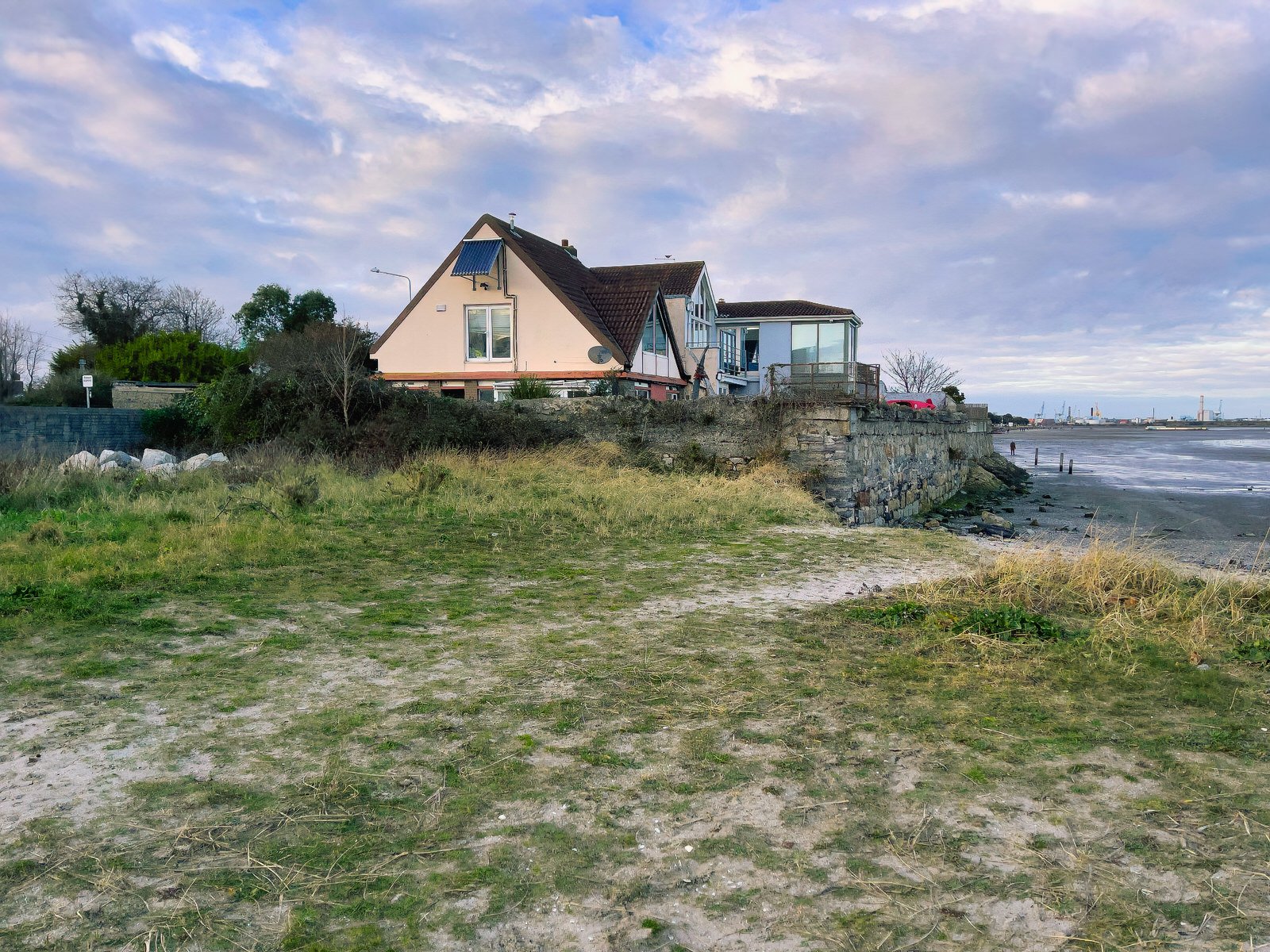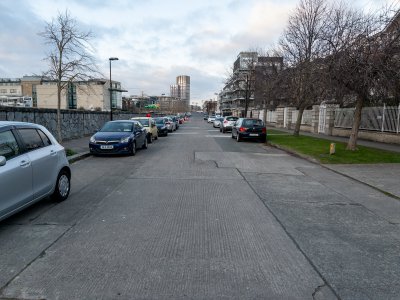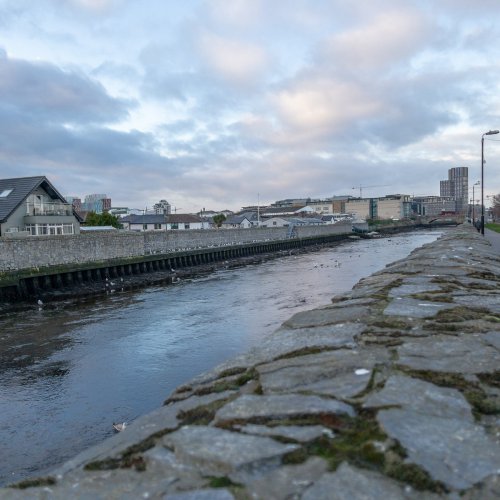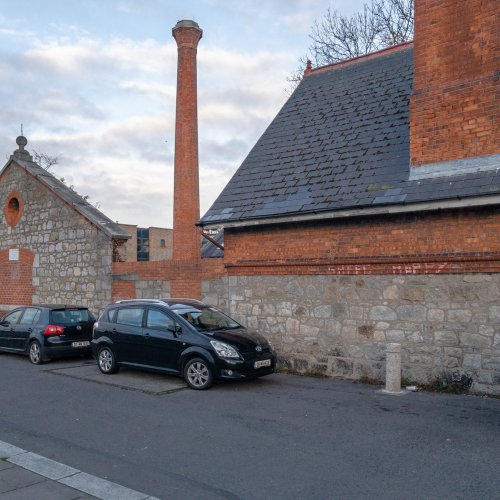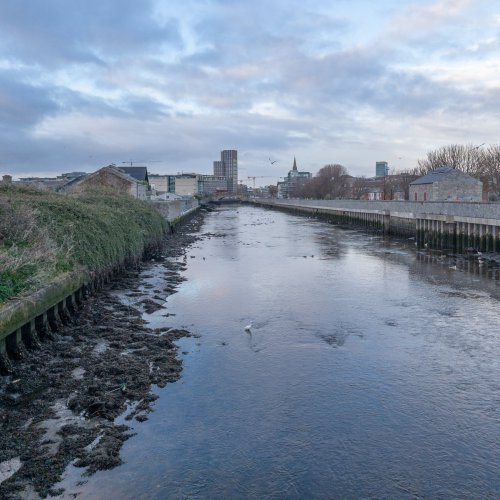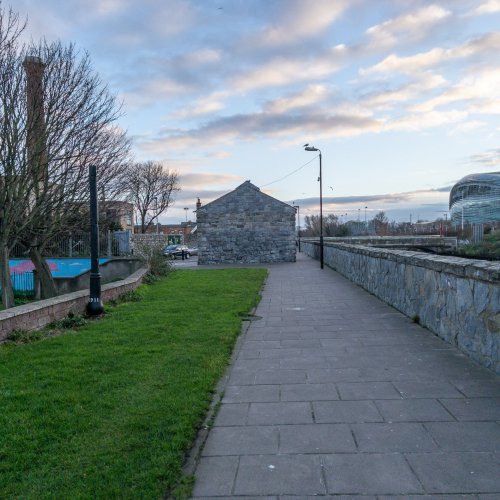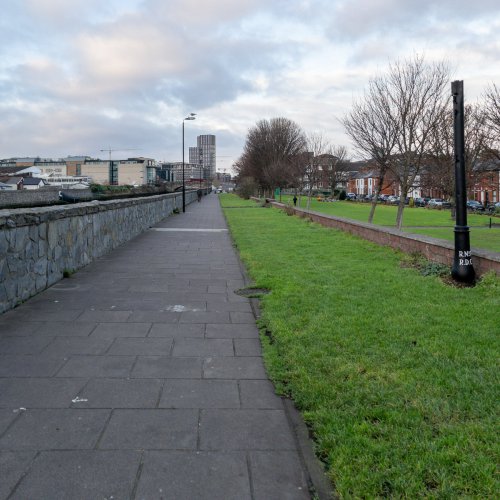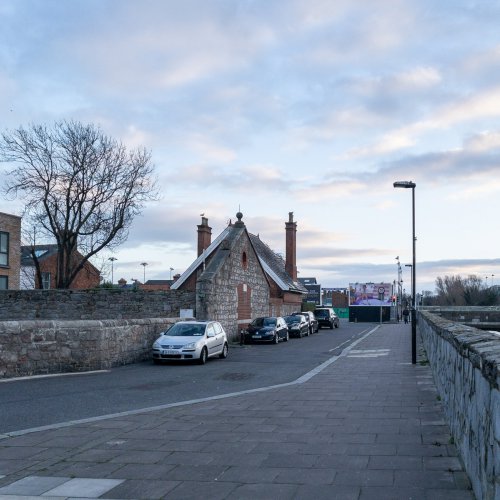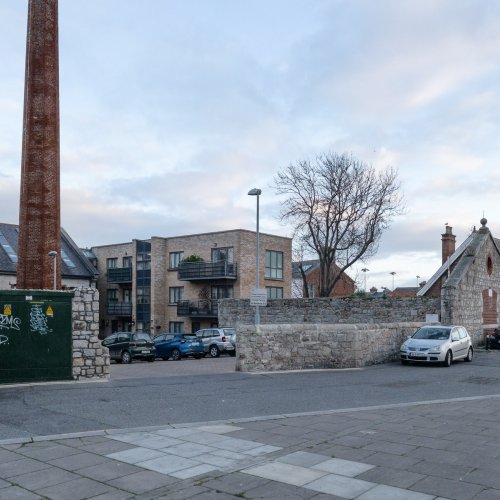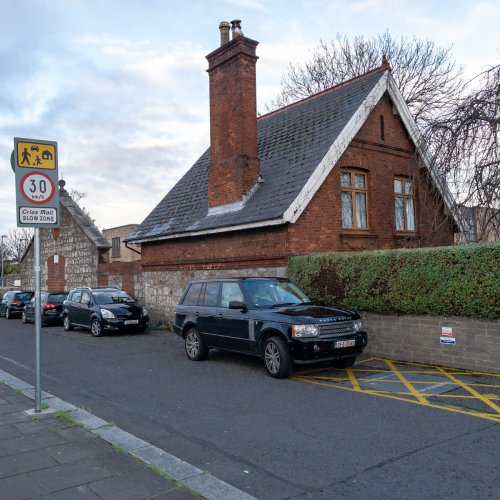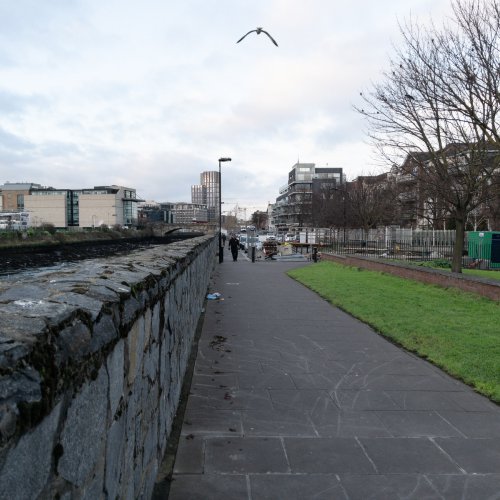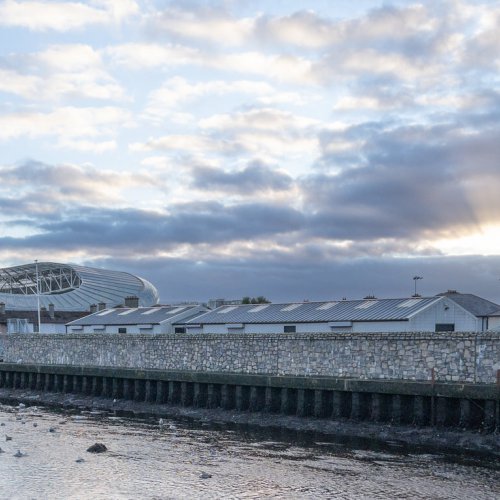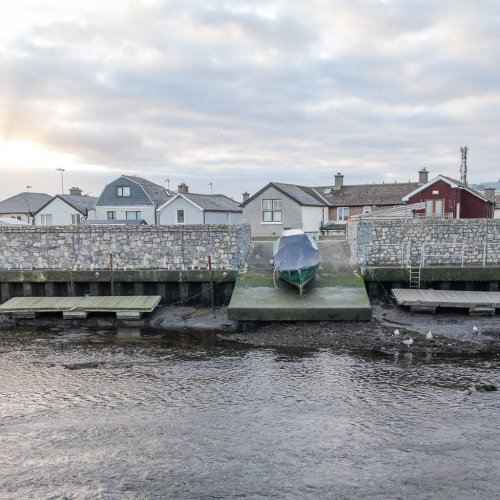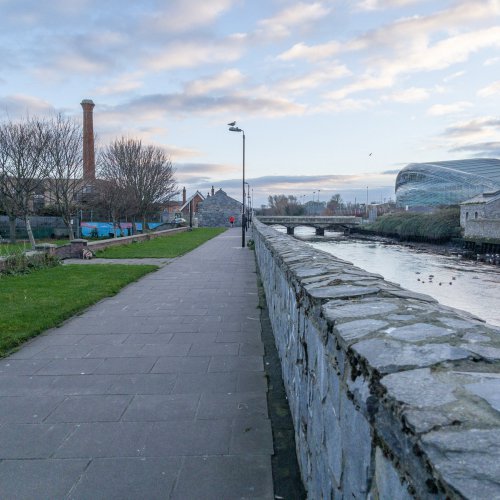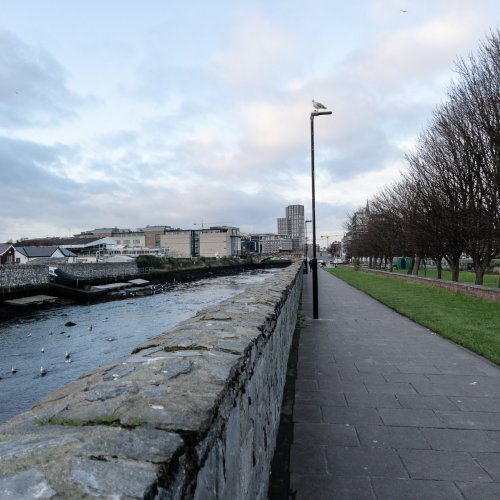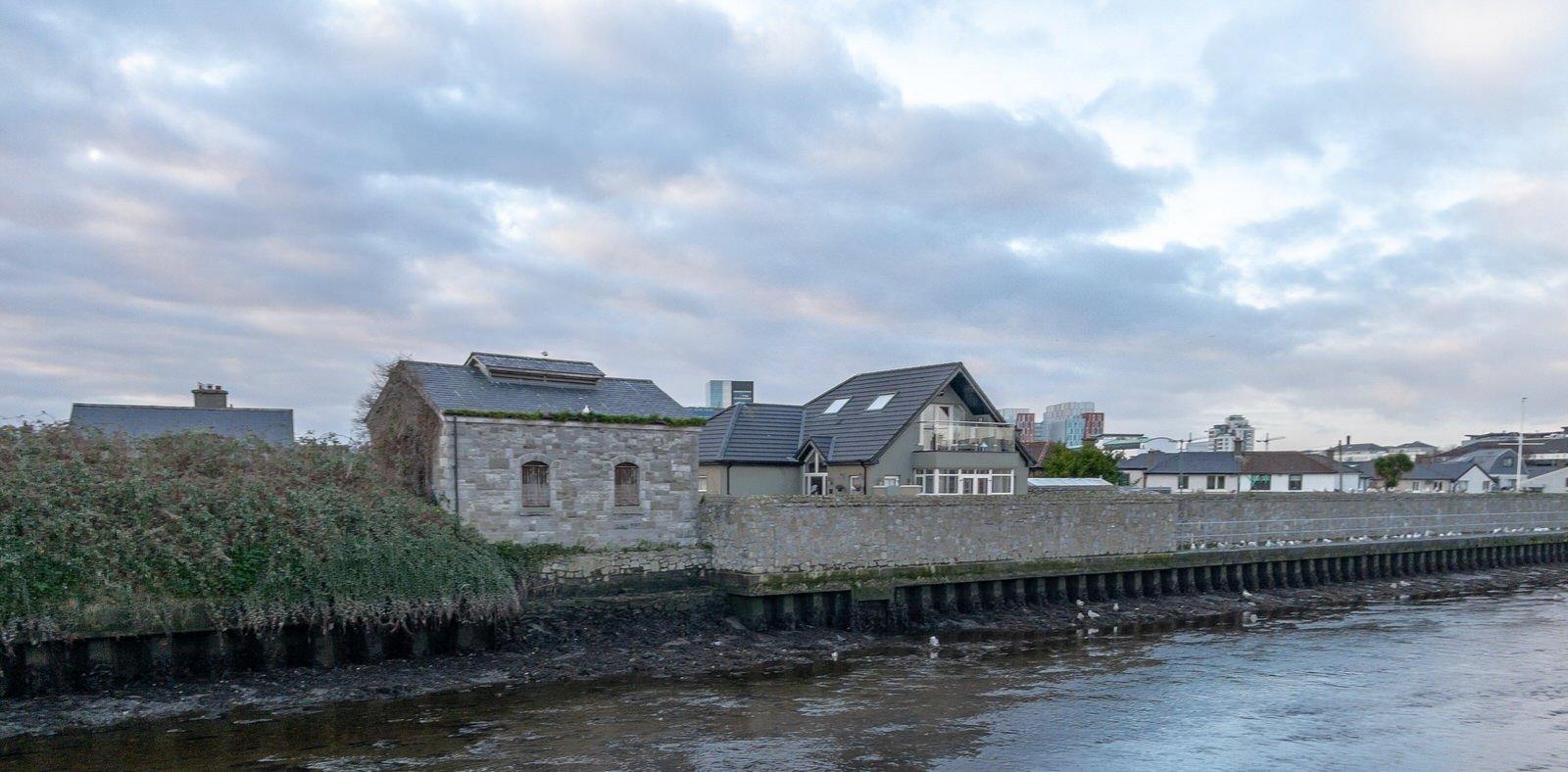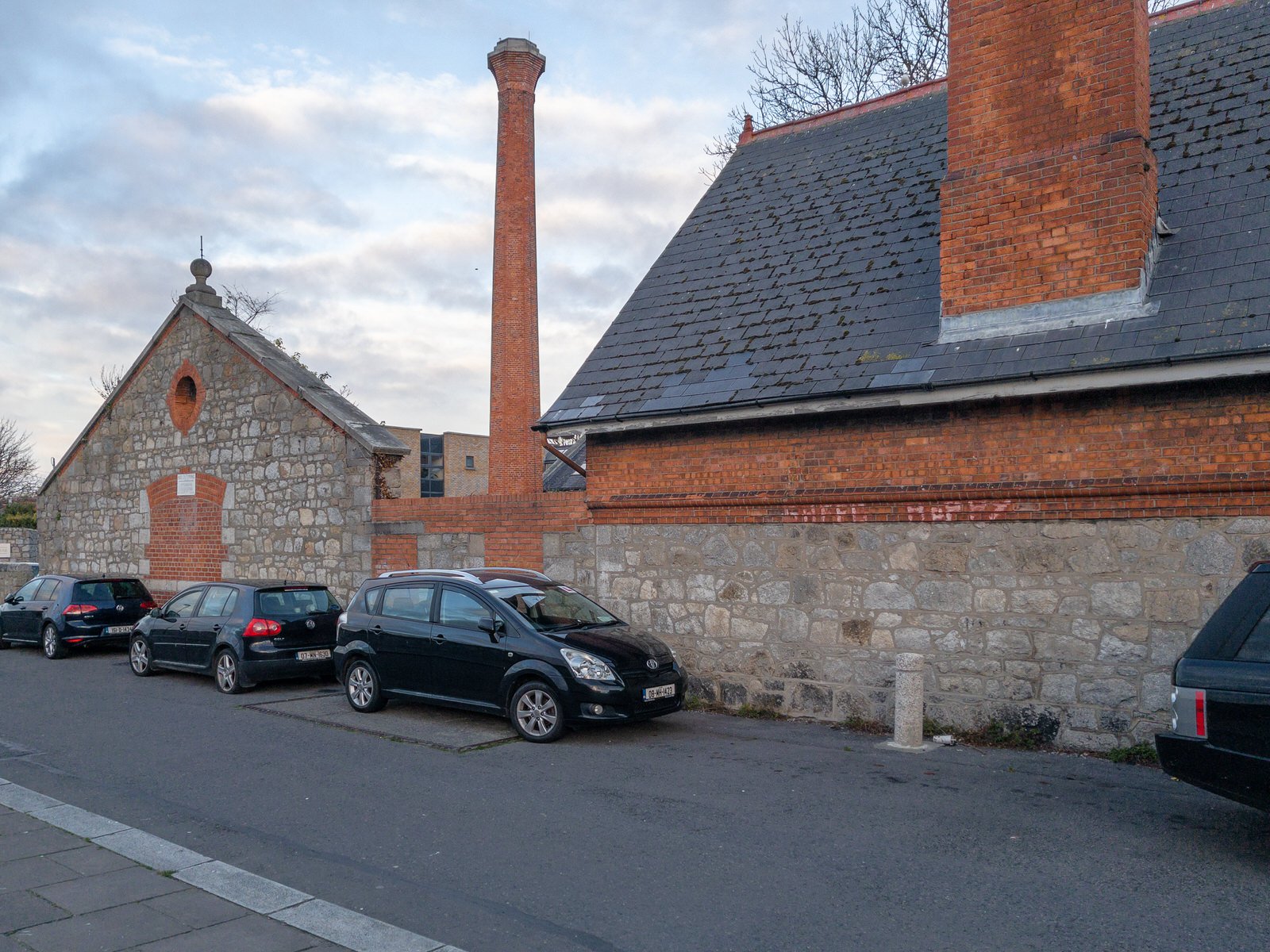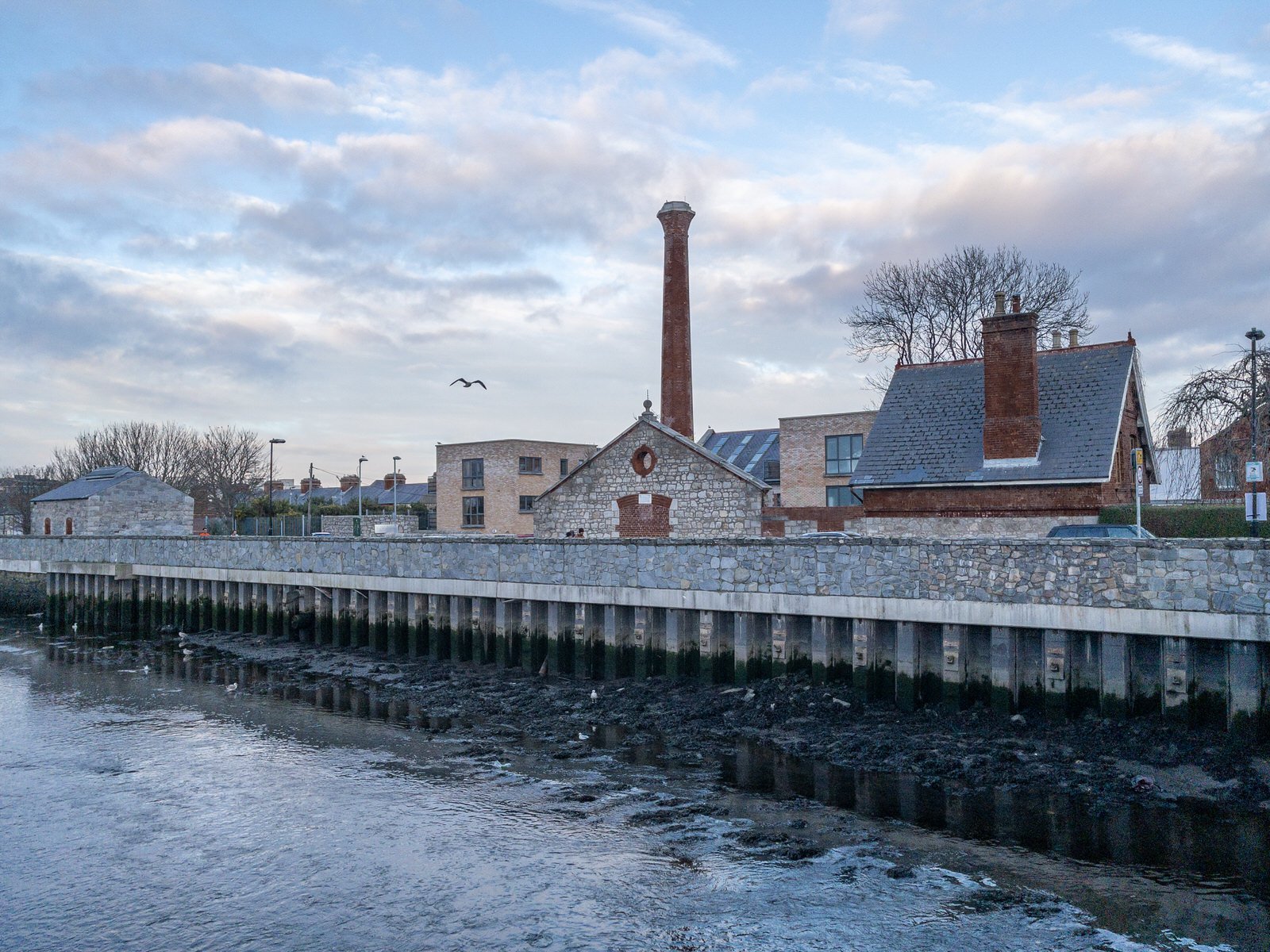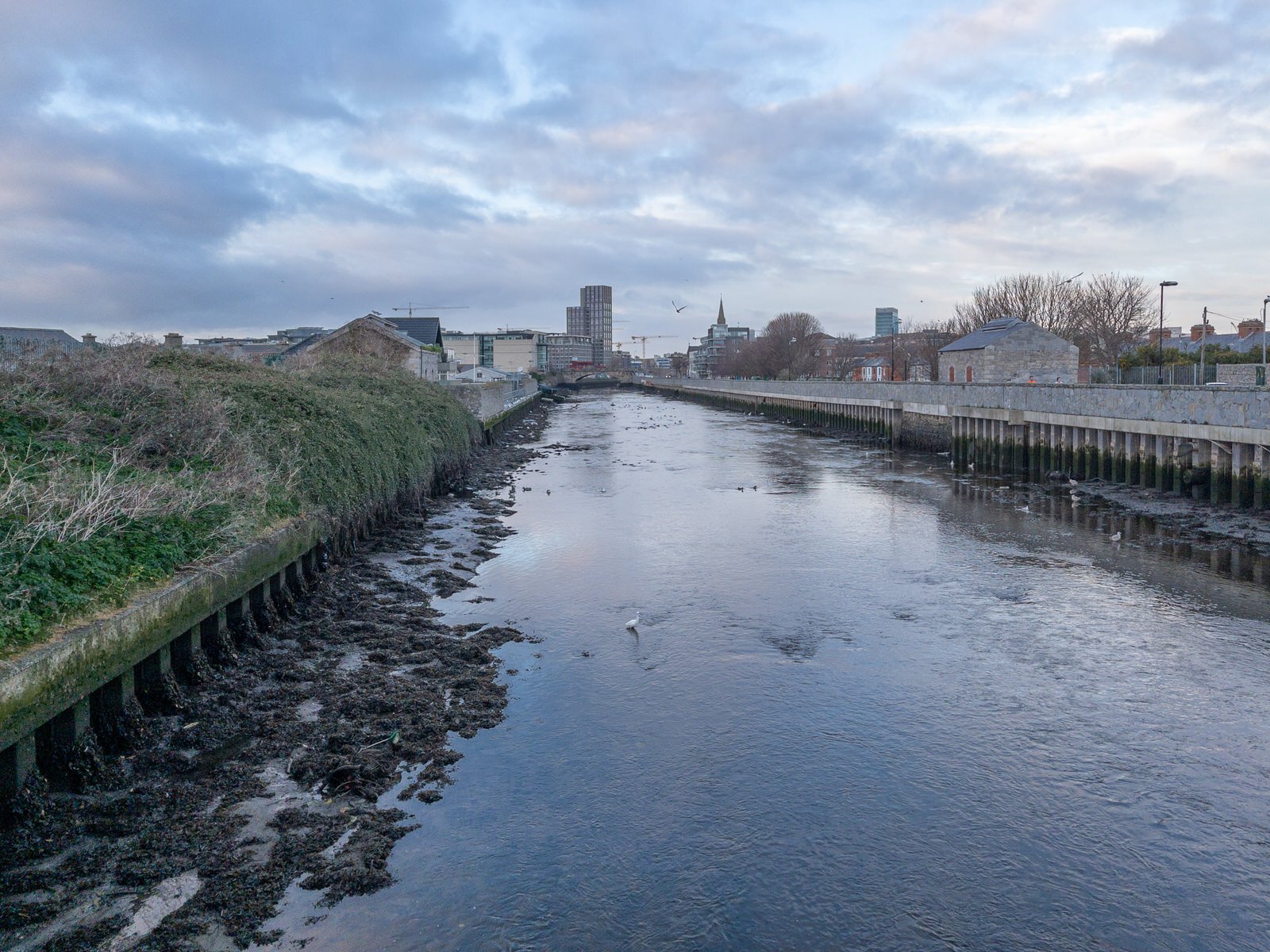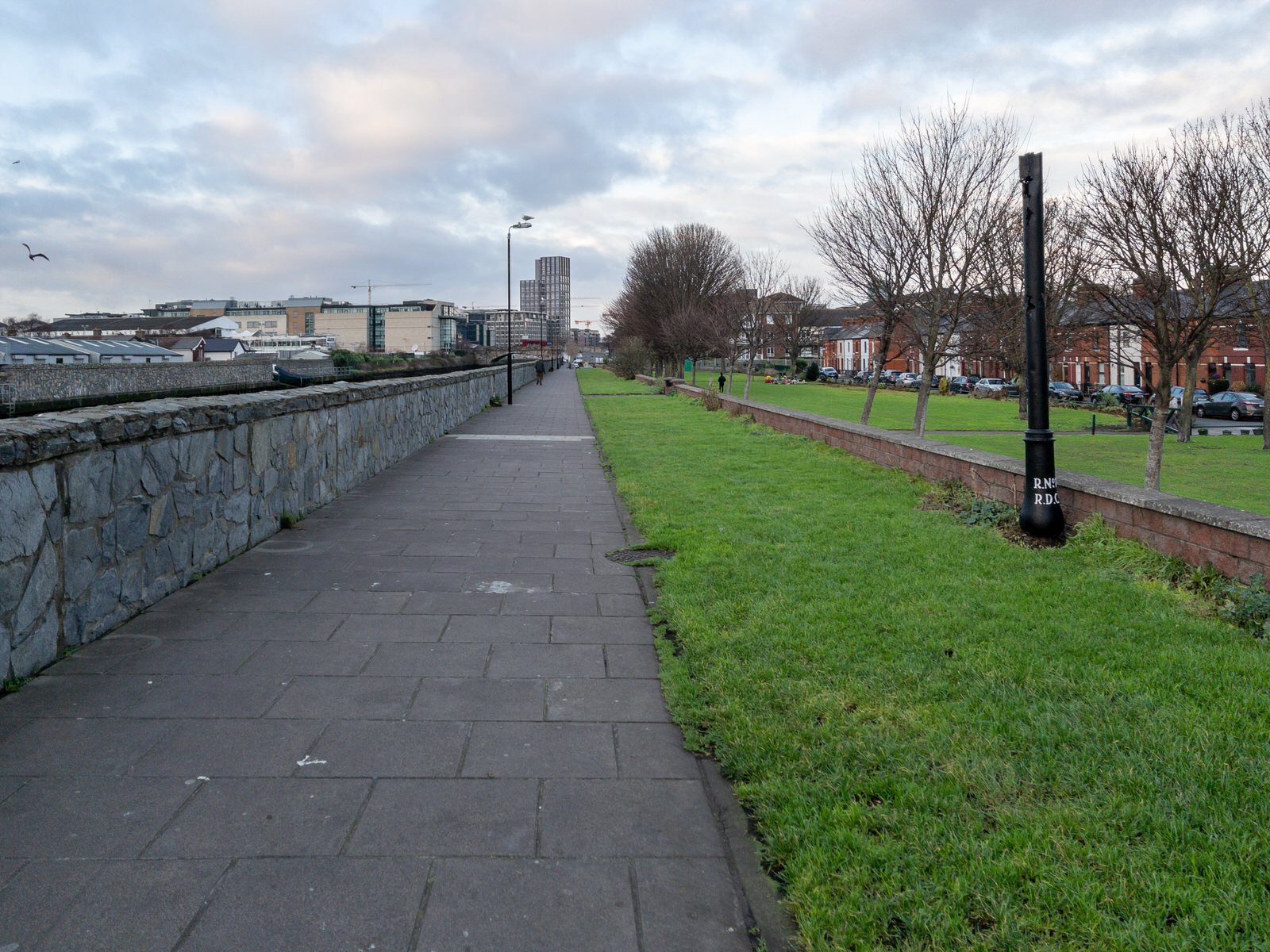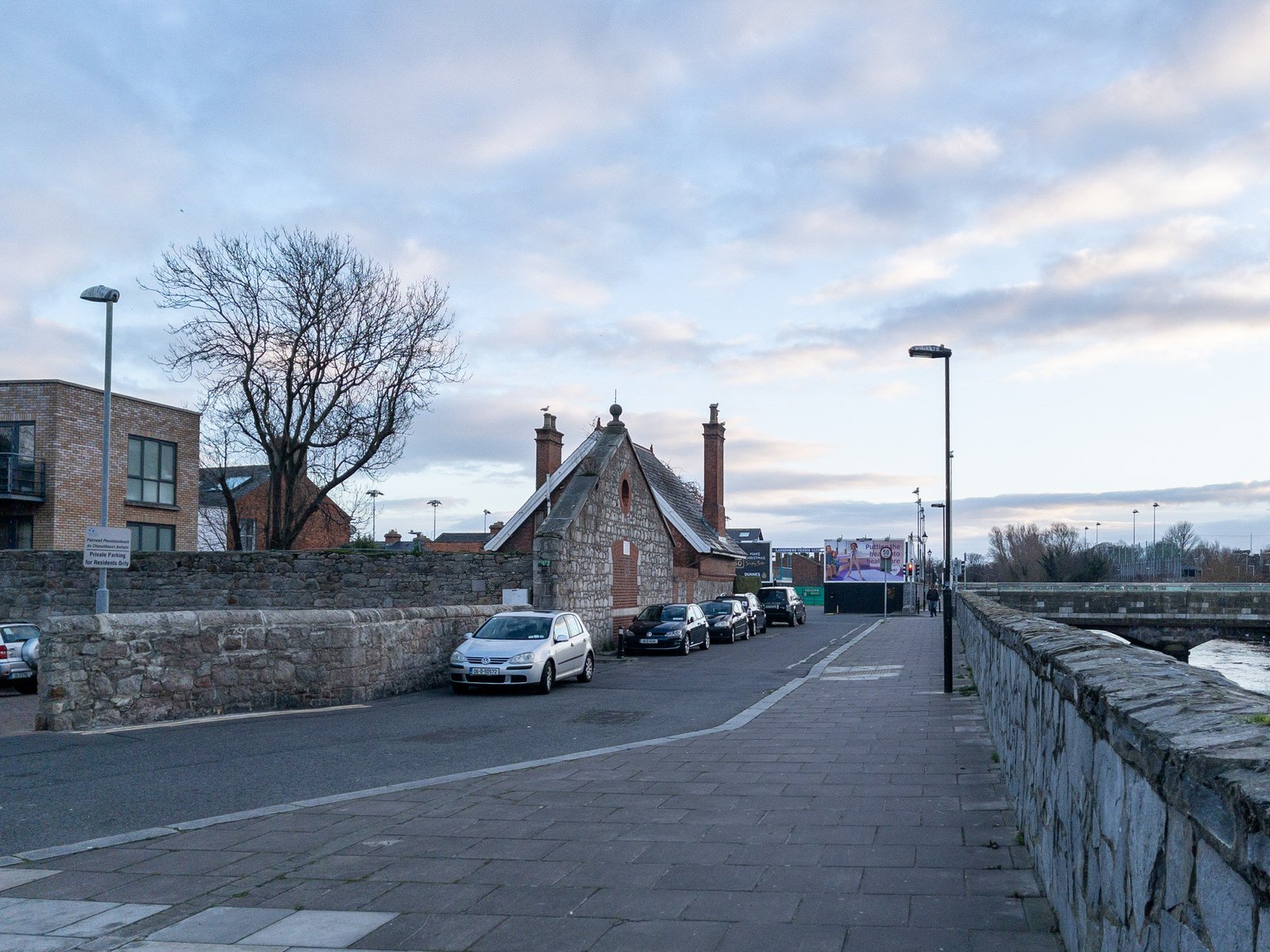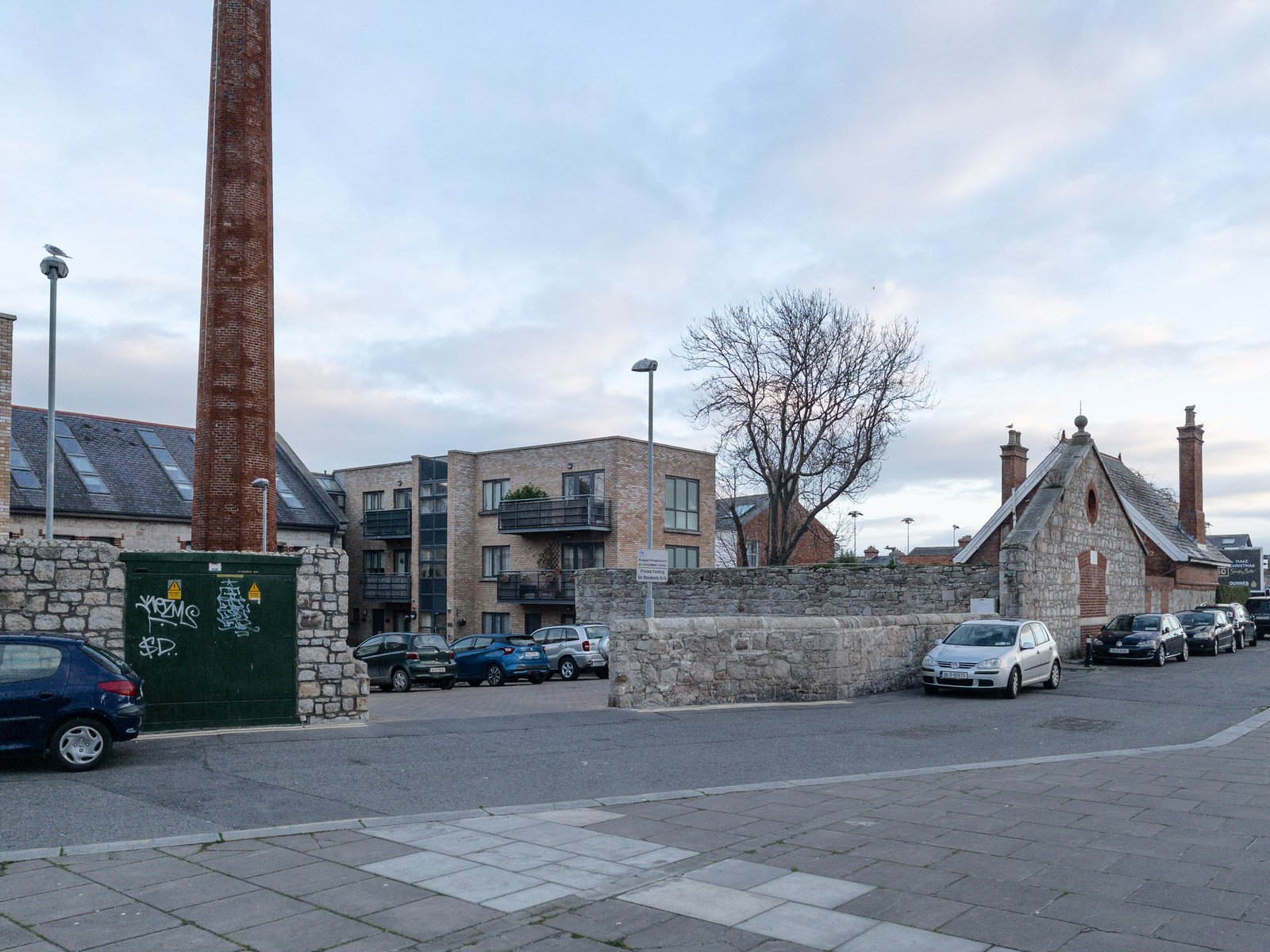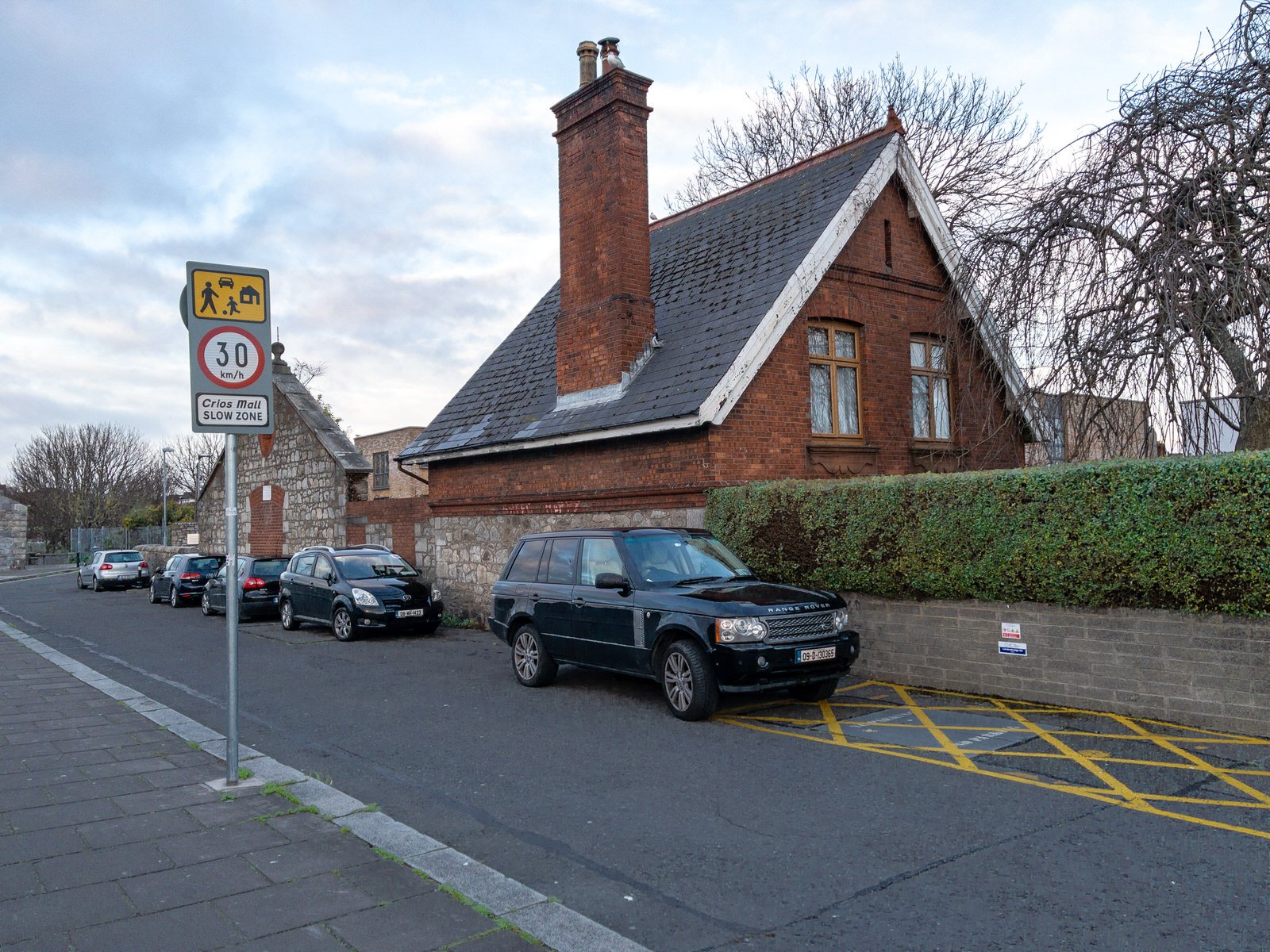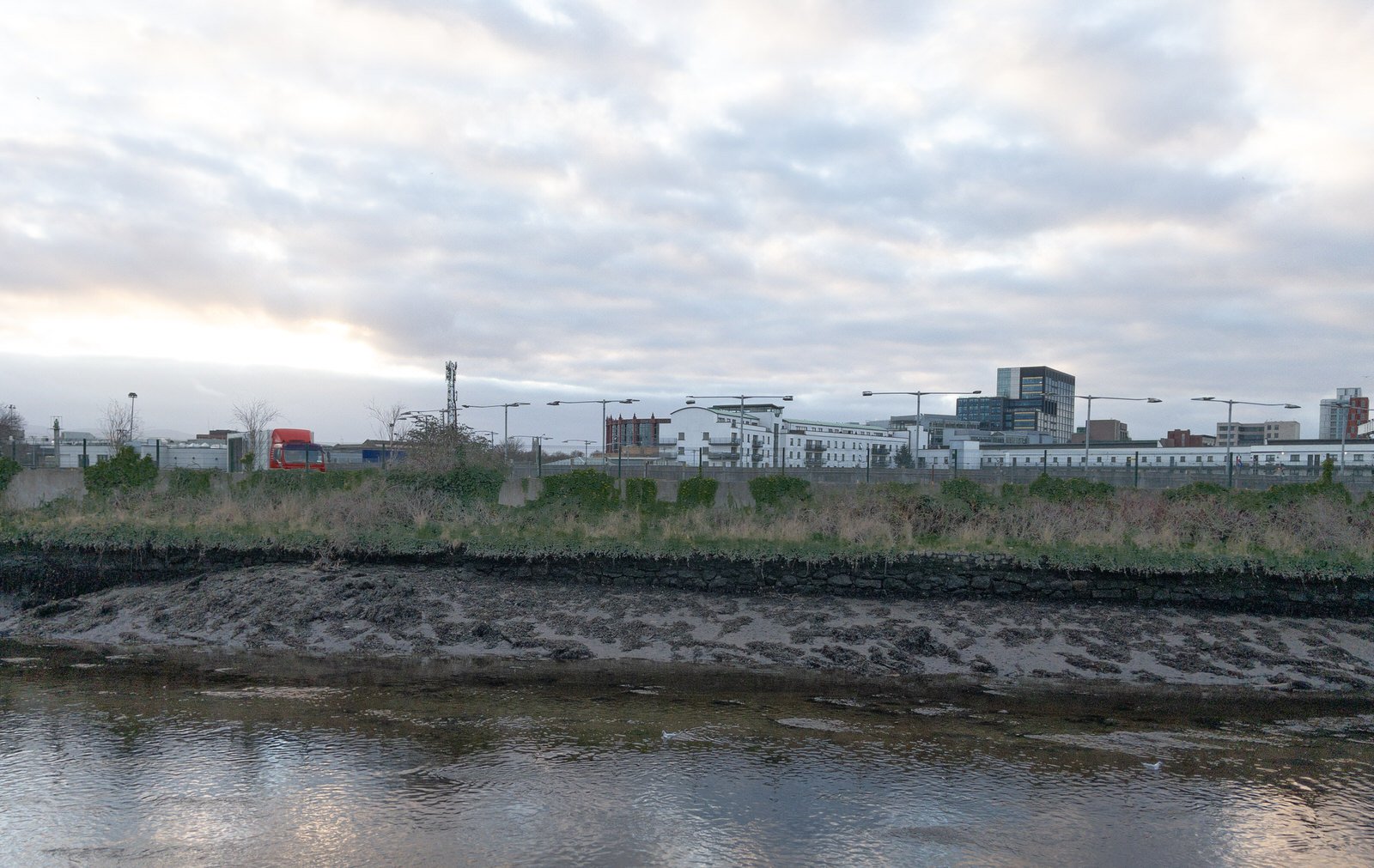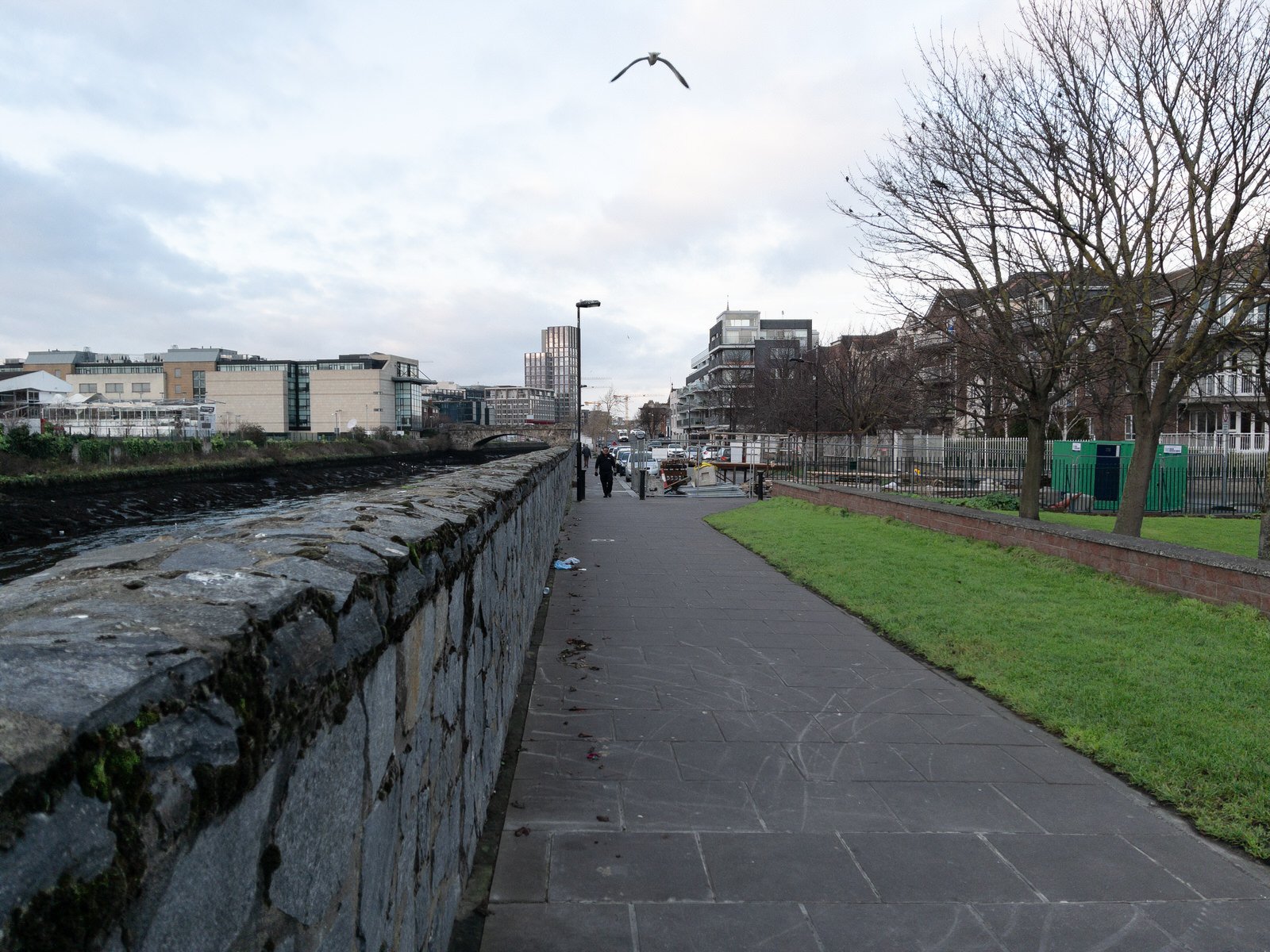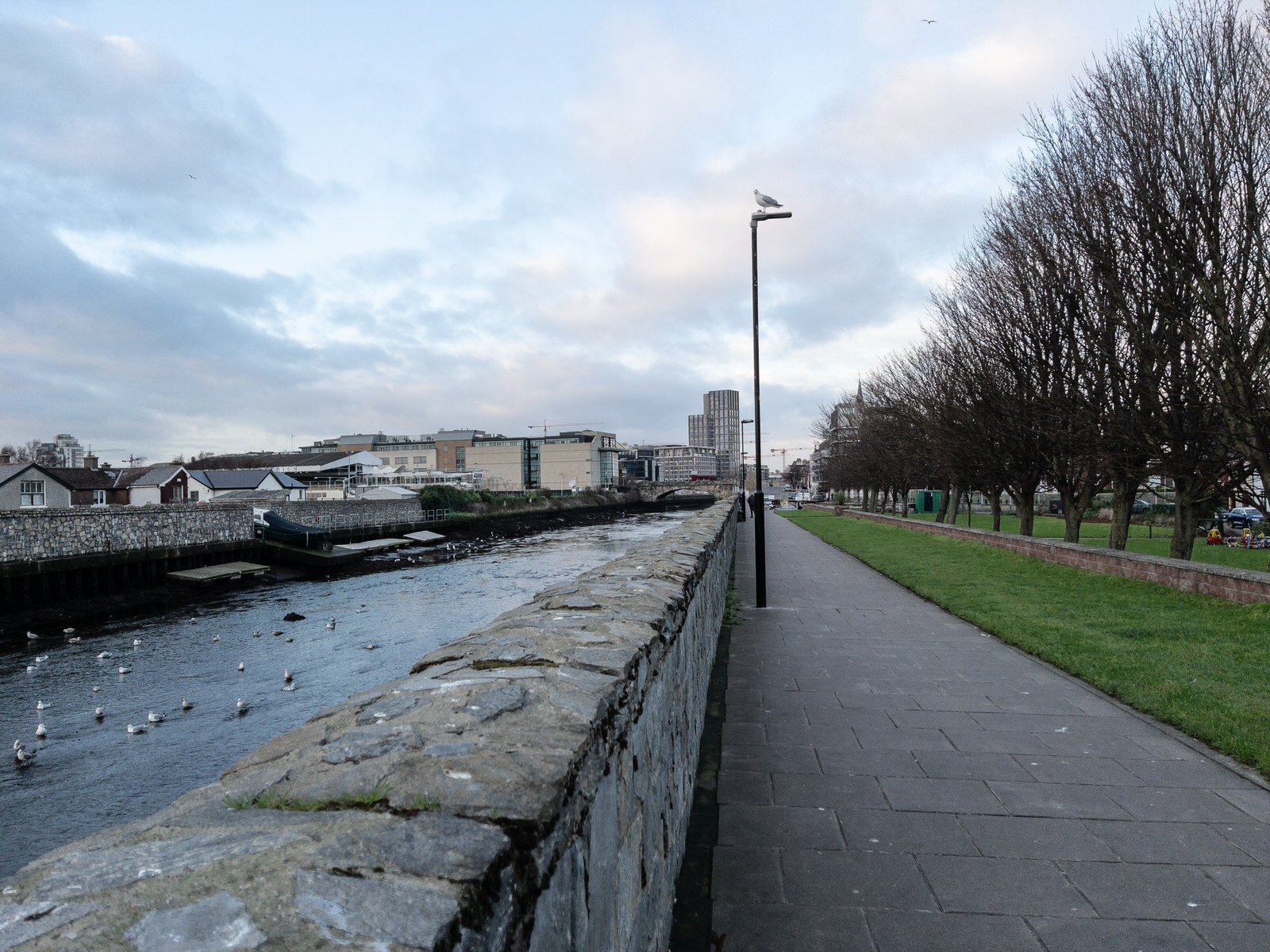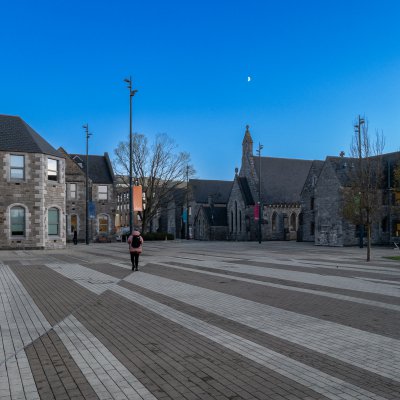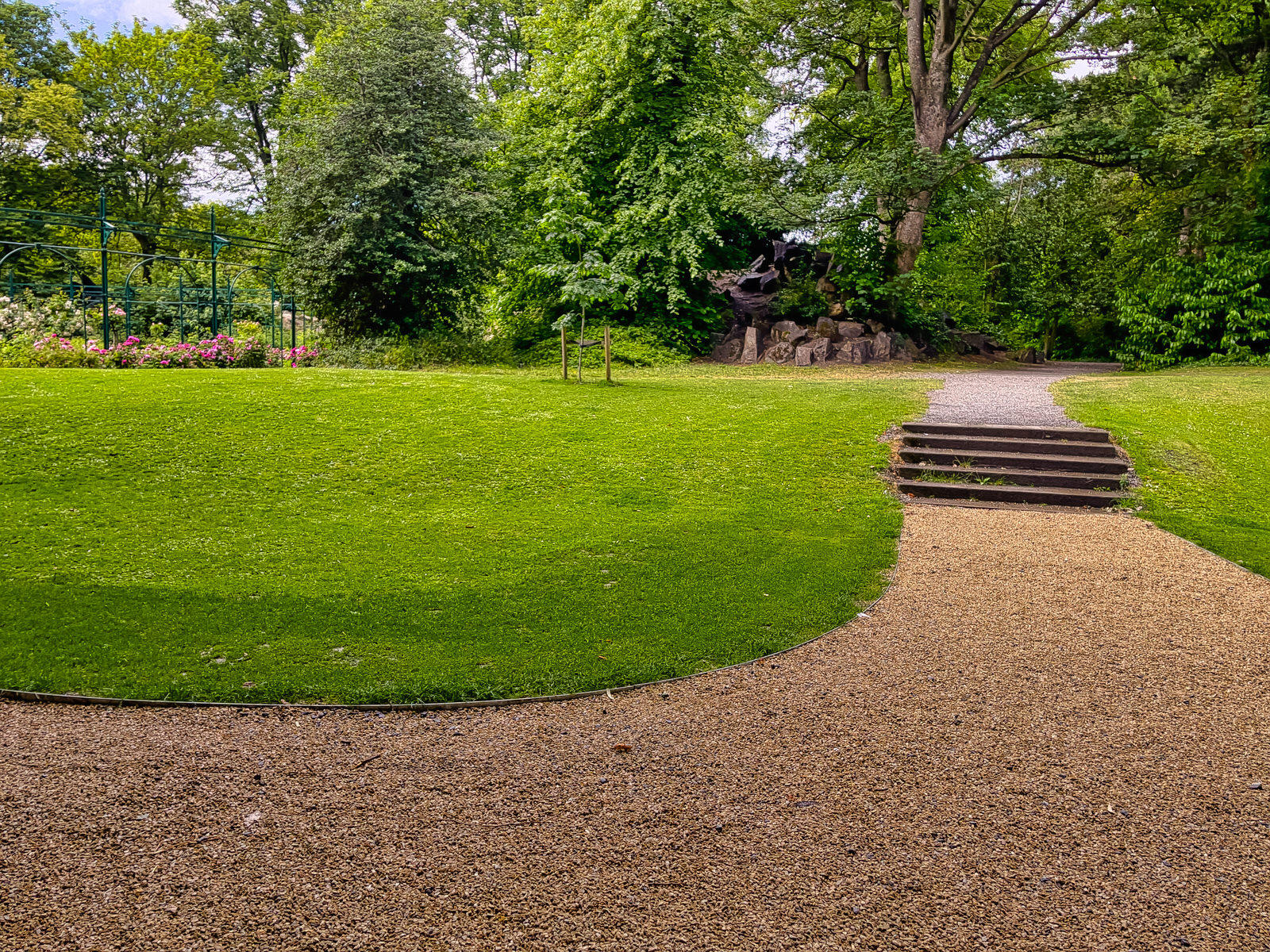Earlier this week Status Red, Orange and Yellow warnings were issued for Ireland, with the storm due to reach Irish shores early on Tuesday morning [Dec 11 2021]. As a result of the warnings I deferred a plan to visit to Grangegorman until the weekend.
At long last there is a pedestrian route linking Grangegorman with Bolton Street, via the King's Inns. Now the oldest and the most important Georgian street in Dublin has become what one journalist described as "a most important area for learned institutes". The result is that I can now claim to be living within a University Campus.
The main entrance to the campus is effectively from Constitution Hill, where the LUAS tram stop is located. My understanding is that many of the old buildings associated with Houses of Industry and Mental Asylums have been retained and the list includes the Upper House, designed by Francis Johnston in 1810, and what remains of his Lower House which is to be refurbished and extended for student housing laid out in courtyards.


